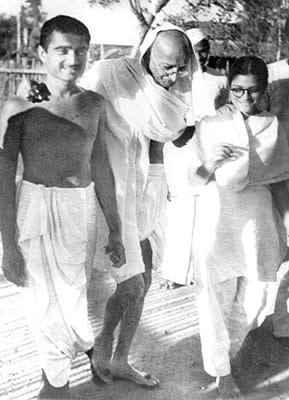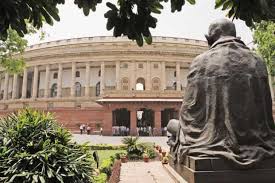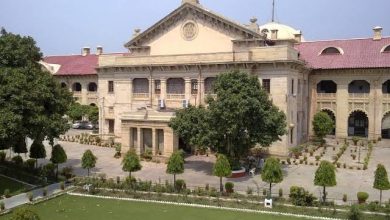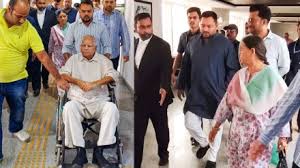Kanu Gandhi: The Man Who Captured Mahatma Gandhi’s Life
Siby Kollappallil Joseph
Kanu, the photographer of Mahatma, was Gandhi’s great-nephew. He was born in 1917 to Narandas Gandhi and Jamuna Gandhi.

Two years after his birth, his family shifted to Sabarmati, where his father managed the Satyagraha Ashram.
Growing up in the ashram Kanu was deeply influenced by Gandhi’s principles and way of life.
He was arrested for the participation in Civil Disobedience at the tender age of 15. Kanu was persuaded by his father to join Gandhi’s personal staff at Sevagram .
He demonstrated remarkable commitment and dedication in the ashram work earning him the affectionate nickname “Bapu’s Hanuman.”
Kanu’s interactions with photographers and journalists who came to Sevagram to capture Gandhi’s life and work sparked his curiosity and interest in photography. Encouraged by Shivaji Bhave, brother of Vinoba Bhave, Kanu approached Gandhi with the idea of photographing him and events at the ashram.
Initially, Gandhi was hesitant, citing financial constraints. However, he later requested Ghanshyam Das Birla, a prominent industrialist, to support Kanu’s photography endeavours. Birla made a generous gift of Rs. 100 to Kanu to purchase a Rolliflex camera and a roll of film.
Gandhi permitted Kanu to take his photographs on three conditions: that he would never use a flash; that he would never ask him to pose; and that the Ashram would not fund his photography. Despite these conditions, Kanu’s photography flourished.
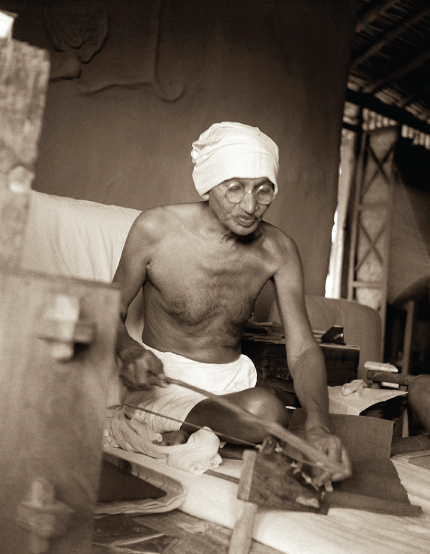
He developed a remarkable collection of over 1,300 photographs, showcasing Gandhi’s life, work, and spirit.
Kanu’s photos were copyrighted, and he supplied them to newspapers, becoming self-sufficient in his venture. A darkroom was set up on the ashram premises to facilitate his work.
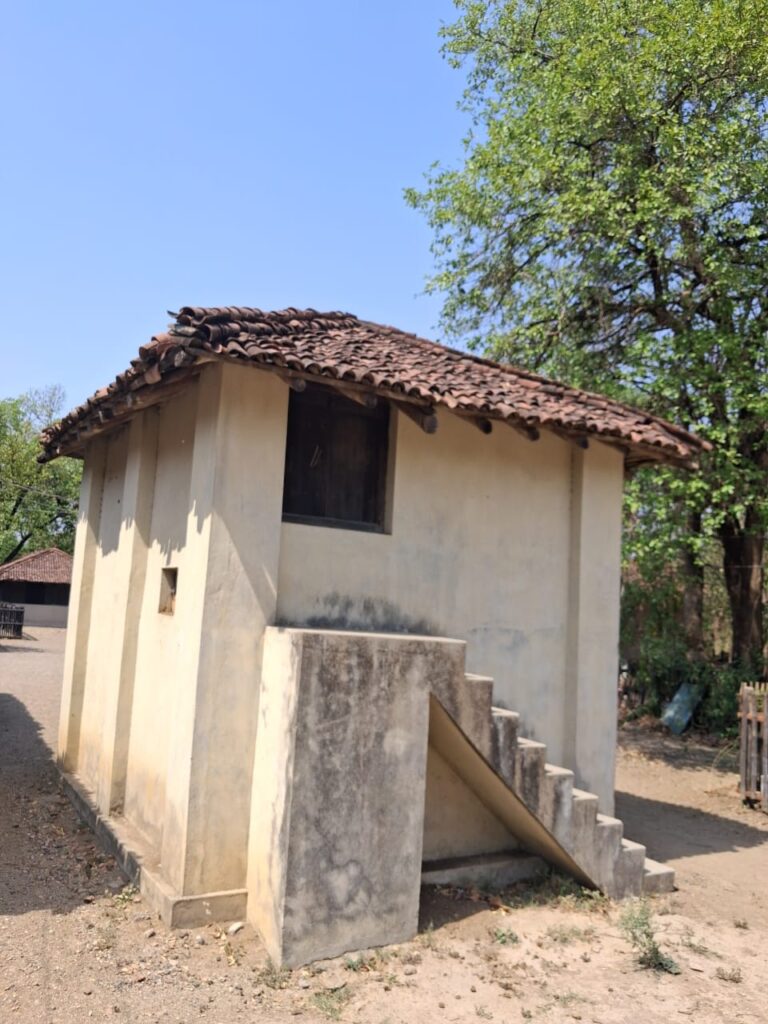
In 1944, Kanu married Abhaben Chatterjee, who was living at Sevagram with Gandhi and Kasturba since she was 12. Like Kanu, Abha was close to Gandhi and came to be known as ‘one of Gandhi’s walking sticks’ along with Manu Gandhi. Gandhi once remarked his bonding with Kanu and Abha as, “We are three bodies but one soul”
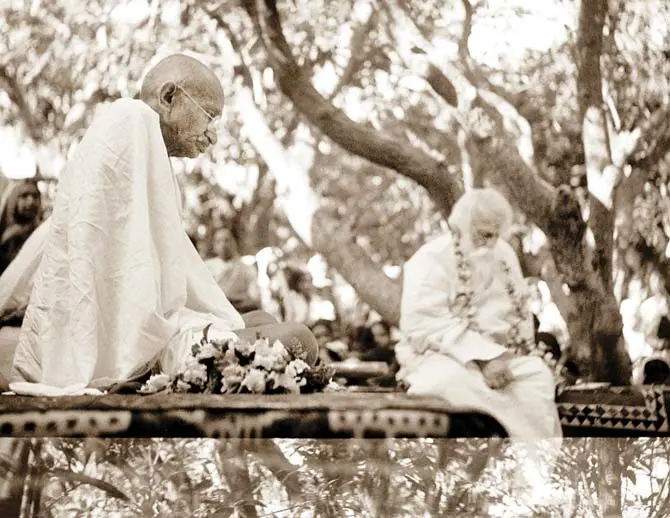
In fact Kanu Gandhi’s photo collection is a treasure trove of images featuring Mahatma’s daily life including household tasks, conversing on the telephone, reading newspapers, spinning on both charkha and Dhanush Takli , with animals ,examining leprosy bacteria under a microscope and giving massages to Parchure Shastri, a leprosy patient and Sanskrit scholar and other activities with ashram residents and Kasturba.
In his collection, Abha Gandhi- Kanu’s wife, appears frequently, often with Gandhi’s granddaughter Manu in Gandhi’s regular walks.
His collection showcases associates of Gandhi like Mirabehn, Vinoba Bhave ,secretaries Mahadev Desai and Pyarelal Nayyar, Pyarelal’s sister Sushila, and host of Congress leaders including Jawaharlal Nehru.It also covers his extensive travels across India, capturing moments of historical importance and meetings with notable figures.In short it offers a glimpse into Gandhi’s momentous personal and public life.

At the time of the assassination Kanu was in Noakhali where he was asked by Mahatma to stay back and continue his work.It was in Abha’s arms Gandhi breathed his last when he was shot dead by an extremist on January 30 1948.
Gandhi’s death was a great blow on Kanu and Abha’s lives and they were completely shattered. Photography was no longer a passion for Kanu . However,Kanu took his camera to capture the work of Gandhian activists like Vinoba Bhave, and the impact of the 1966-67 Bihar famine. Both of them decided to dedicate their lives to spreading the message of Mahatma and in 1956 Kanu and Abha moved to Rajkot where they ran the Kasturbadham and Rashtriyashala institutes.
Kanu Gandhi died of a heart attack on 20 February 1986 in Madhya Pradesh. Kanu’s photos made Gandhi immortal and he will be remembered for his contribution as a photographer who not only documented Gandhi’s life but also played a significant role in shaping Mahatma’s image in the minds and hearts of people.
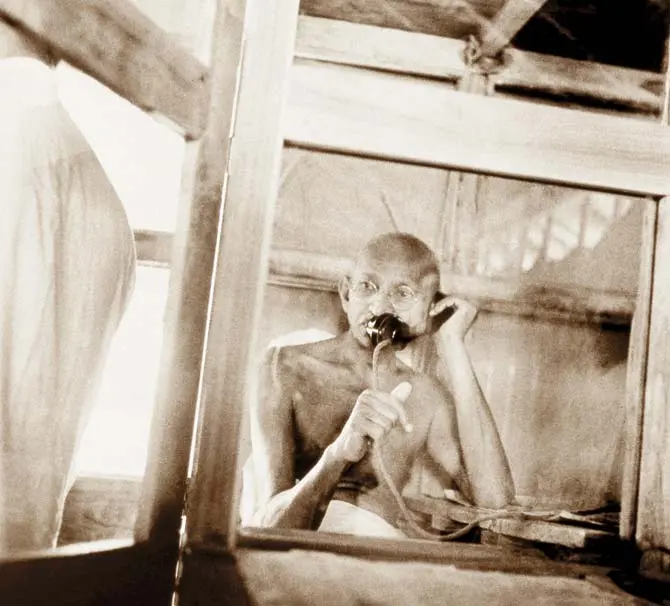
His photographs continue to inspire people around the world, and his darkroom facility to develop photos at Sevagram ashram will continue to remain as a testament of his dedication to capture Gandhi’s image for posterity.
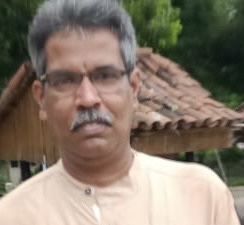
Dr. Siby K. Joseph is Director, Sri Jamnalal Bajaj Memorial Library and Research Centre for Gandhian Studies, Sevagram Ashram Pratishthan, Sevagram,Wardha- 442102, Maharashtra

